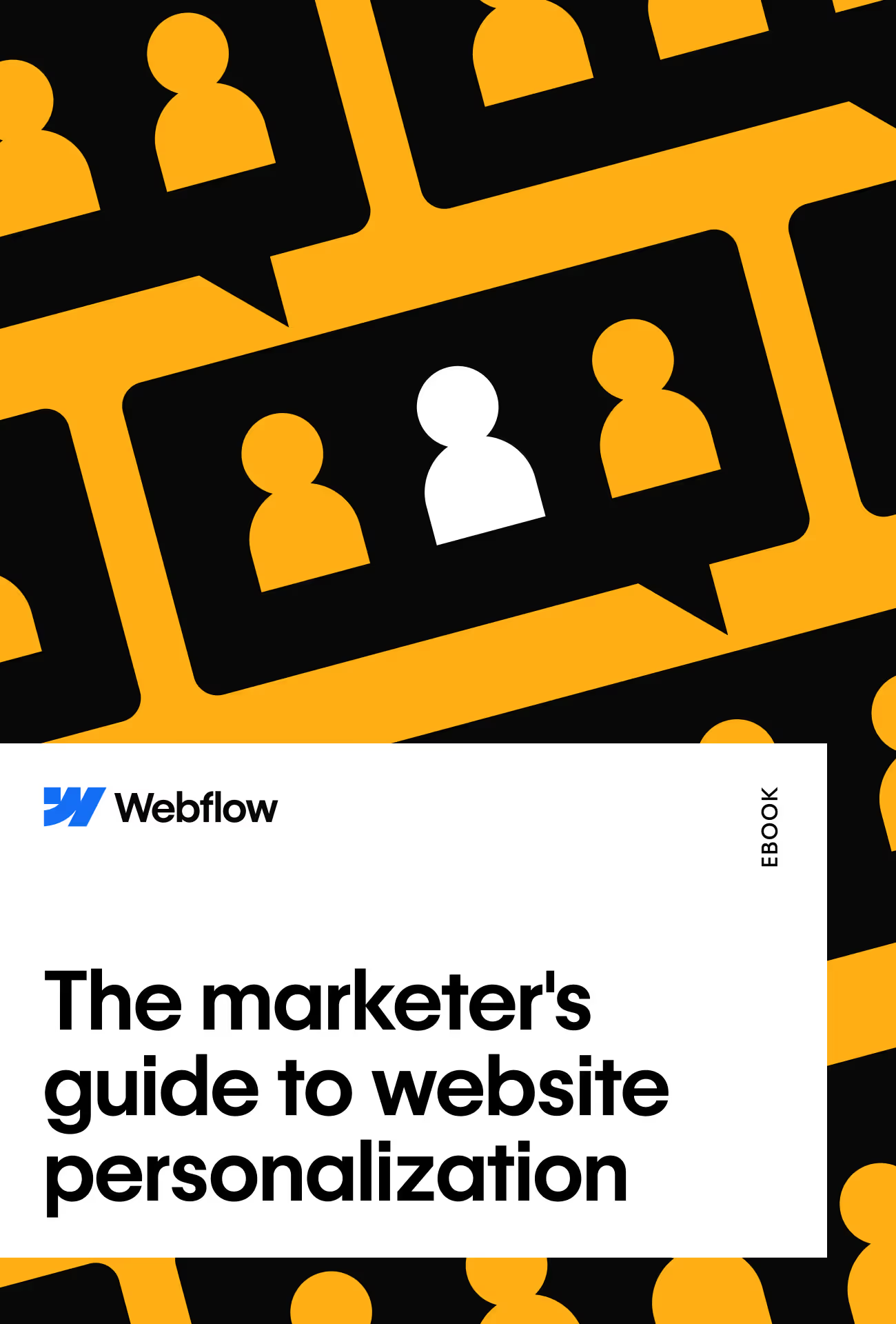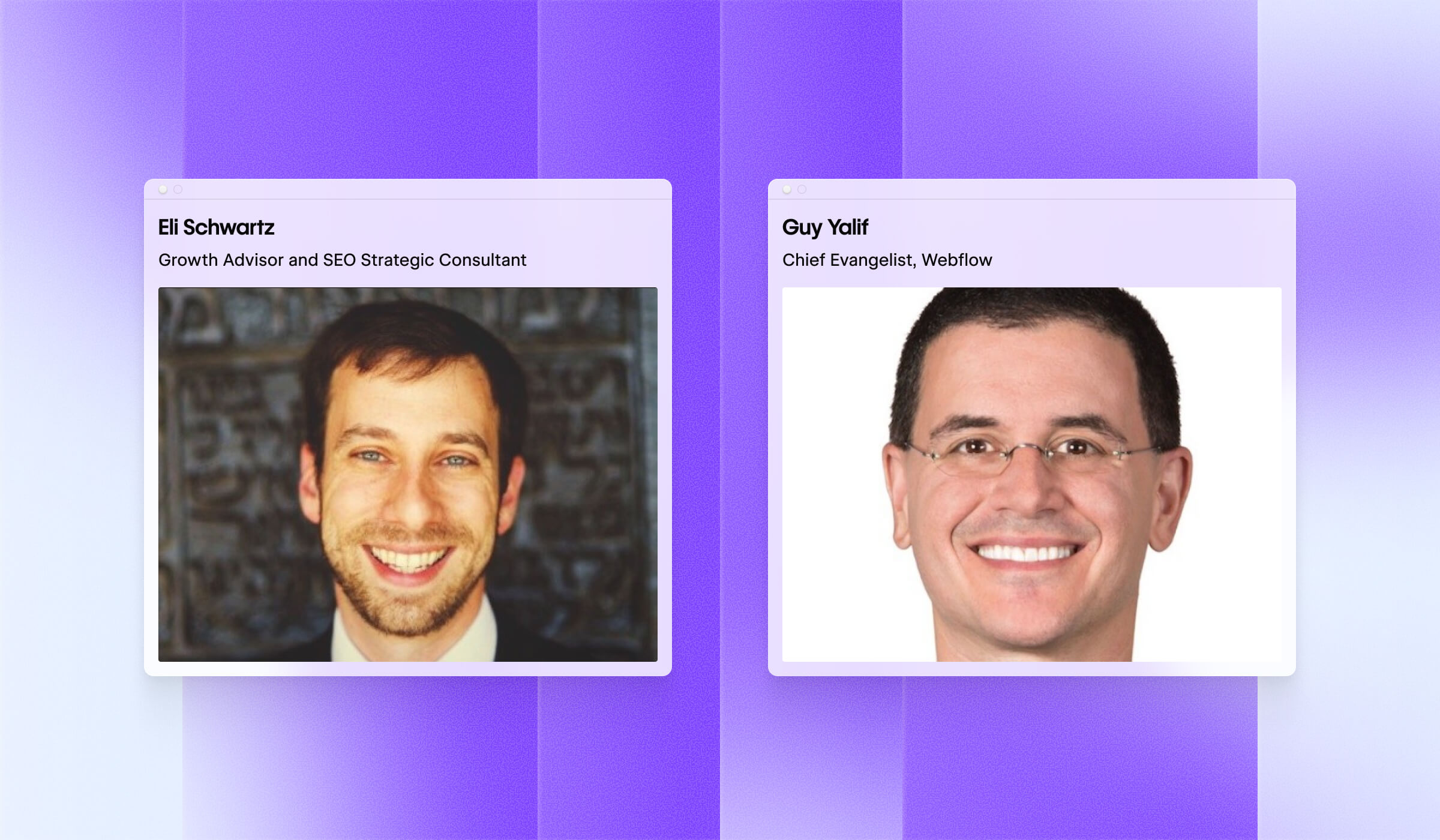The marketer's guide to website personalization
How to turn more site visits into revenue with personalization

Thank you for downloading!
The ebook opened in a new tab, and we sent a copy of it to your email.
About this ebook
Customers expect nothing less than a personalized journey to meet their complex needs. In fact, 78% of B2B buyers now expect companies to adapt their experiences to their unique preferences and of that population, a staggering 85% of them believe that the data companies collect should translate into better customer experiences. With expectations like these, brands need to incorporate personalized elements into their website experiences to deliver world-class buyer journeys and in turn, satisfied customers.
In the marketer’s guide to website personalization, you’ll learn:
- The golden rules of personalization
- Segmentation strategies to maximize impact
- How to incorporate AI into your online presence
Schedule a demo
Build better websites — faster — with the power of Webflow. Backed by advanced security, custom traffic scaling, guaranteed uptime, and much more.
Build better websites — faster — with the power of Webflow. Backed by advanced security, custom traffic scaling, guaranteed uptime, and much more.



.jpg)




















